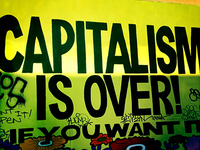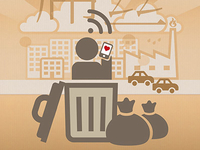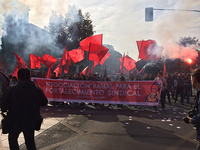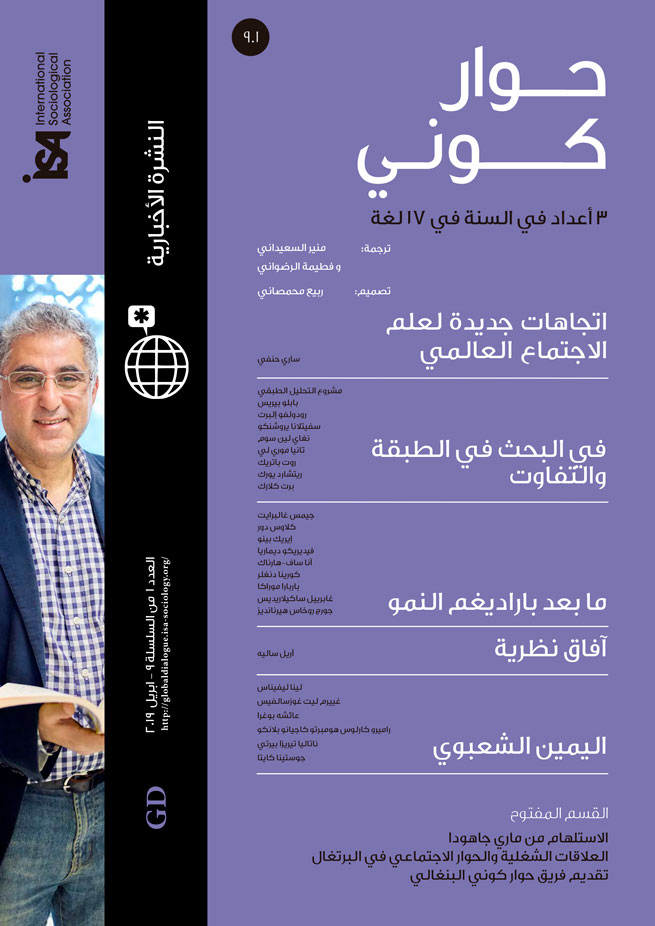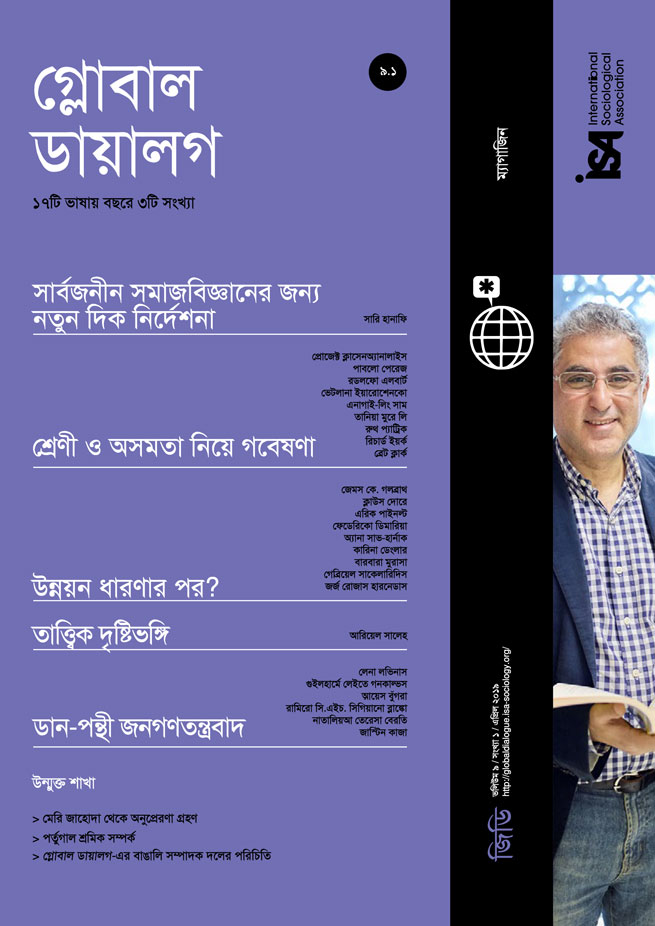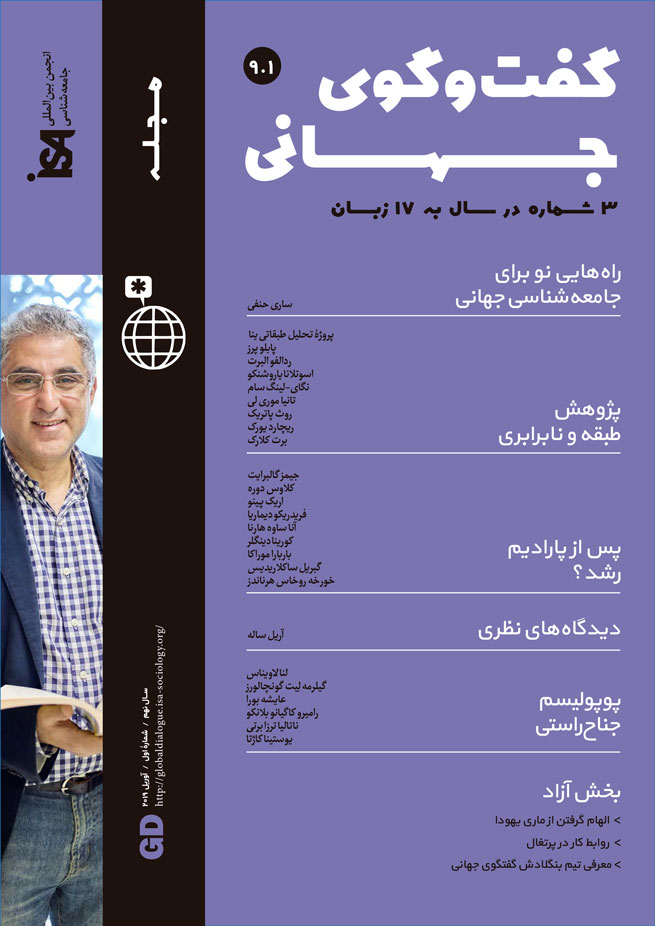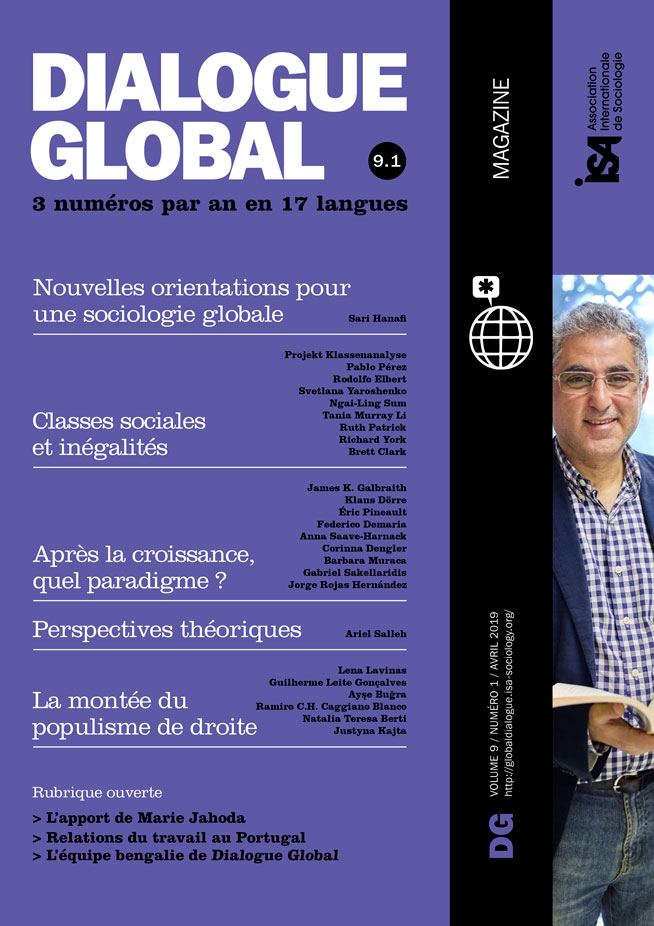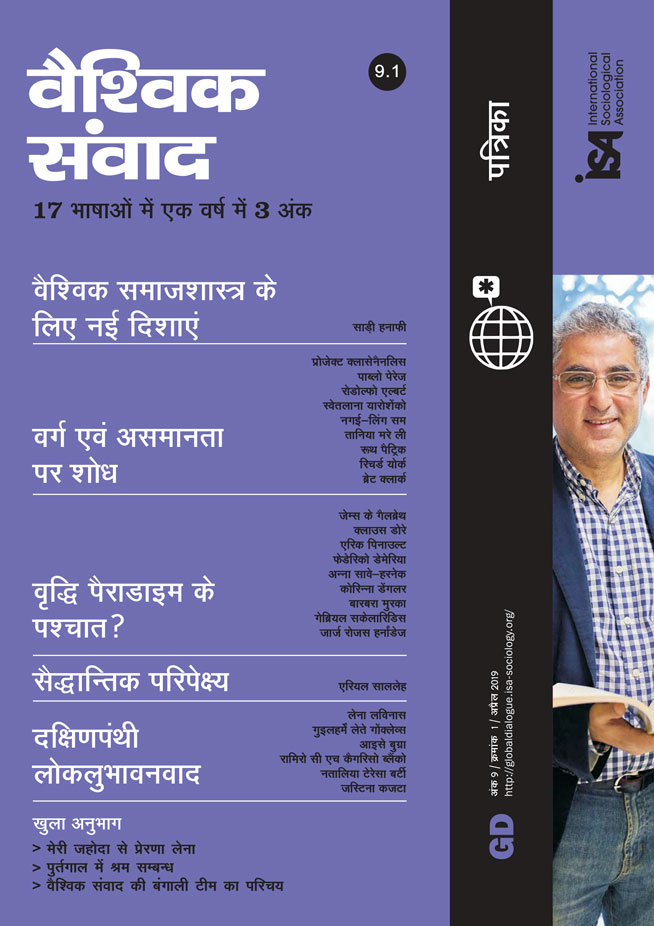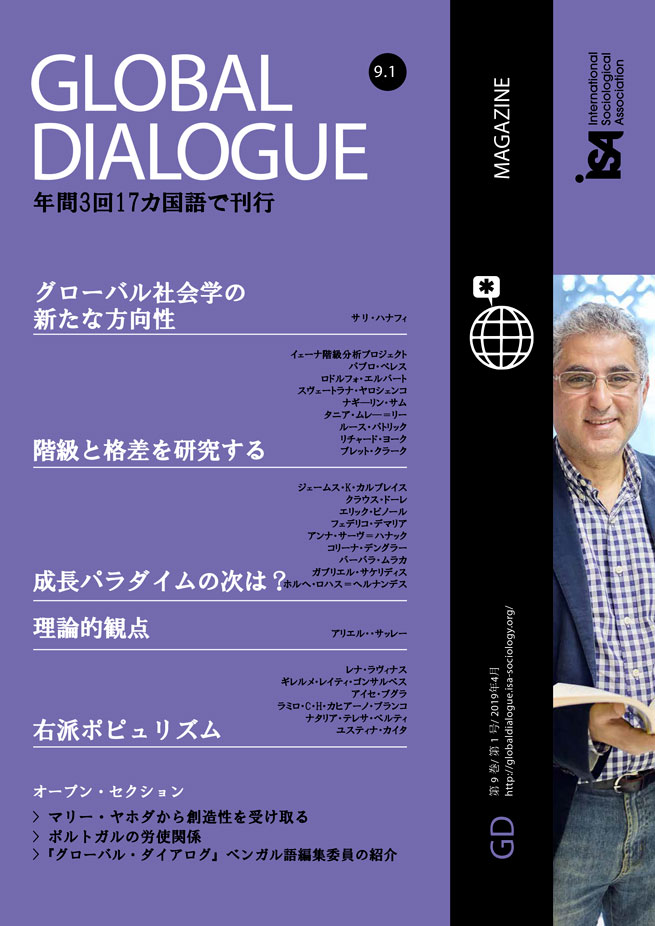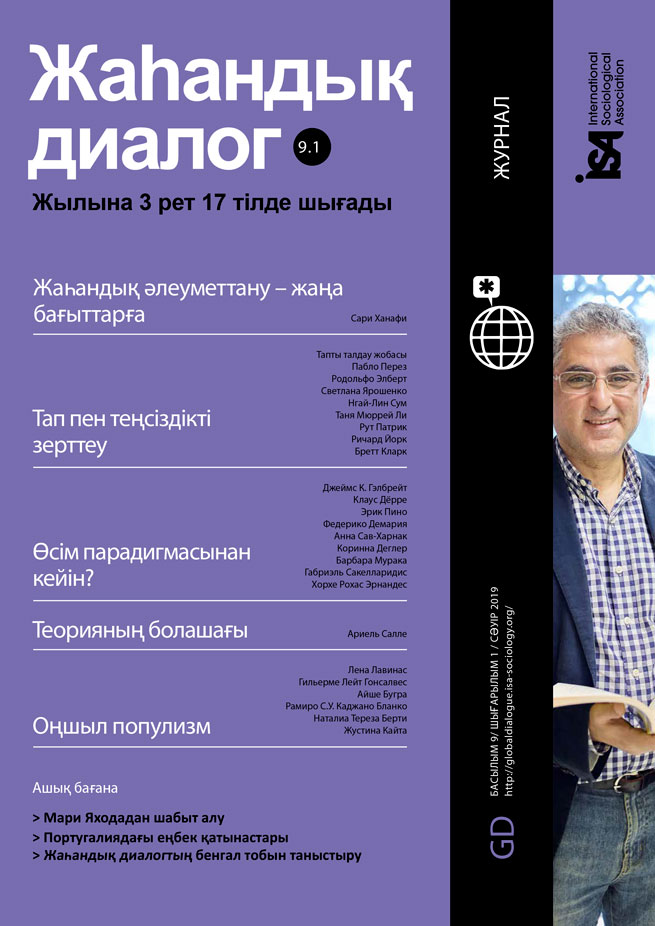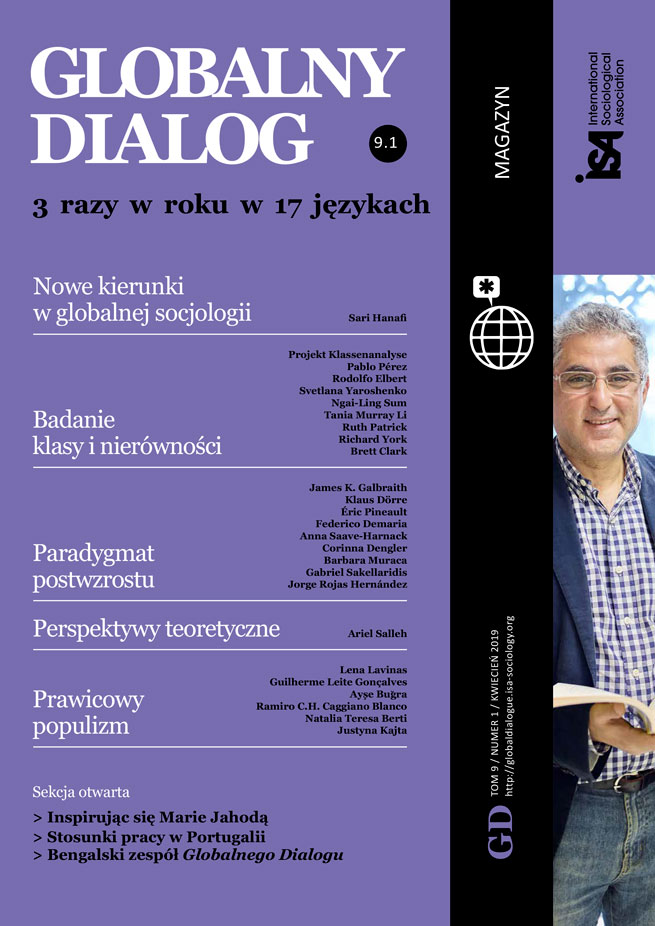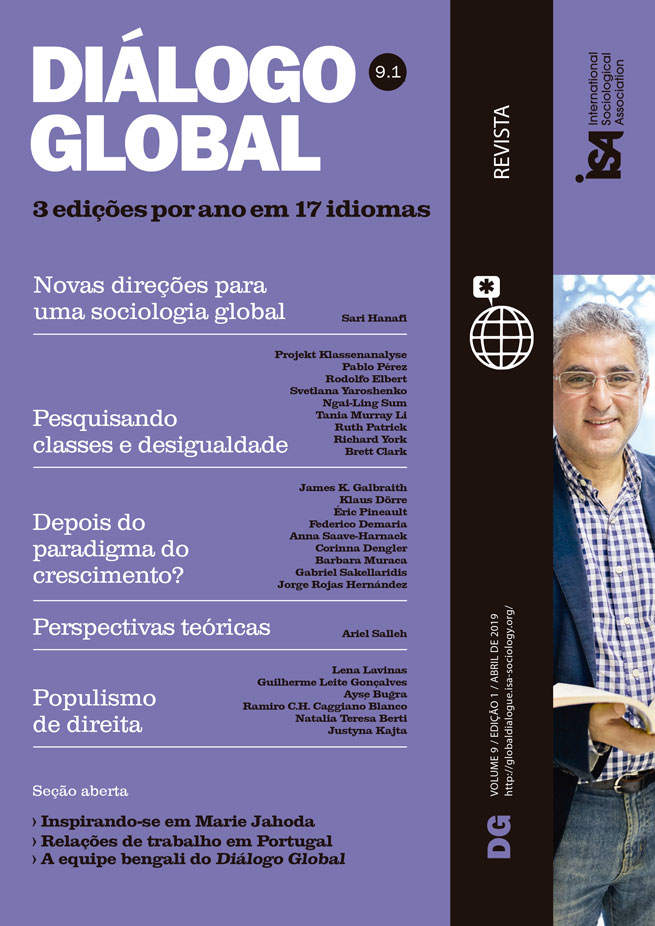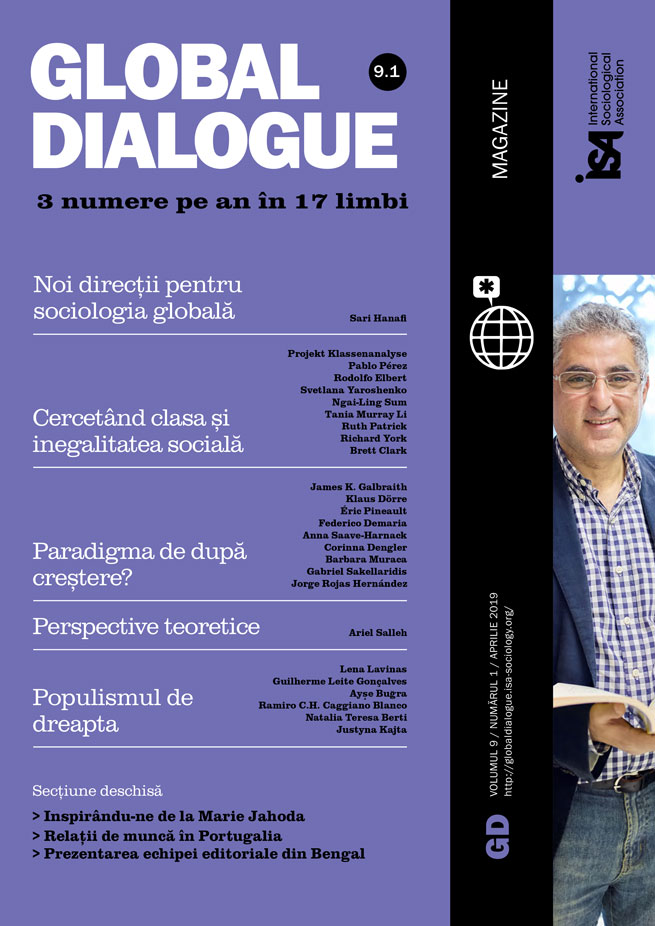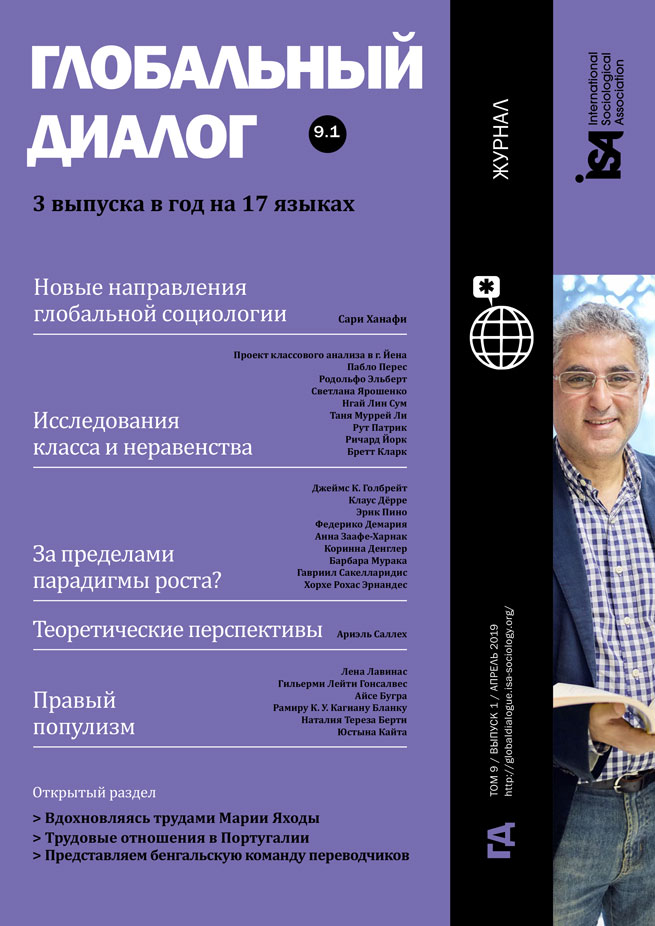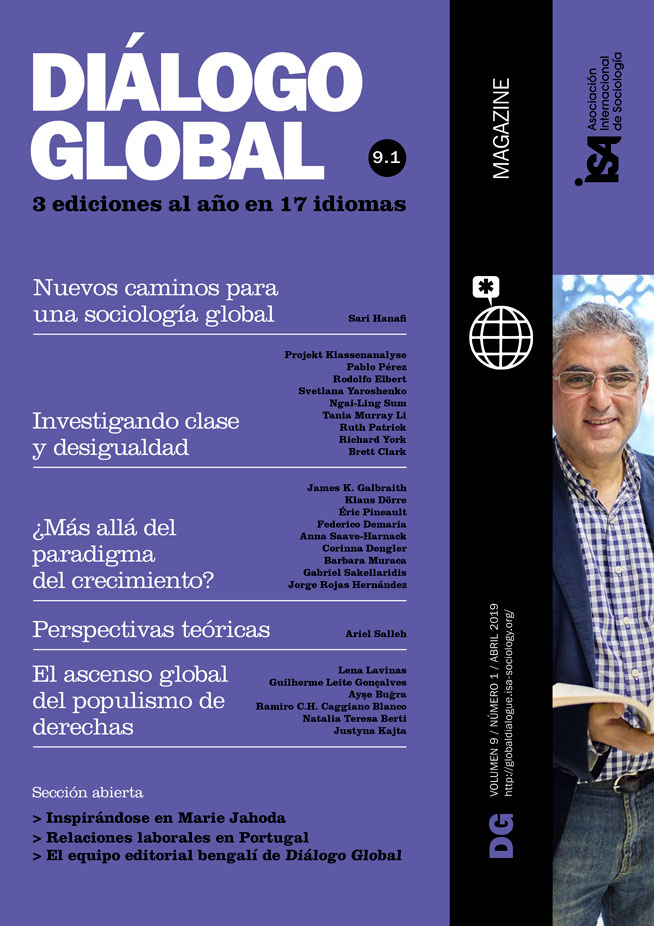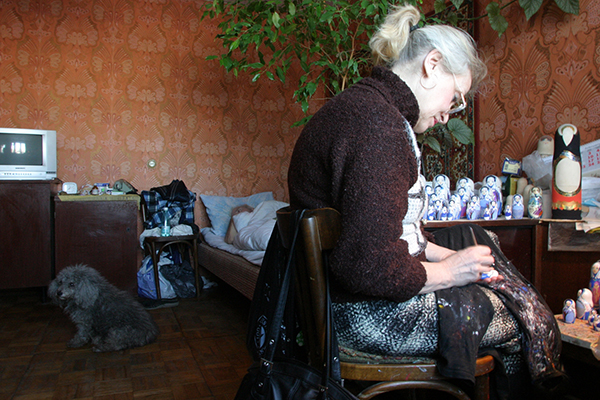I began researching poverty in Russia in the early 1990s, when liberal market reforms were implemented. Poverty was regarded as the cost of the radical societal transformation during the transition from the Soviet distributive system to the capitalist system. It was assumed that the introduction of the market would create economic growth, reduce poverty, and generate the conditions for people to pursue economic prosperity and free themselves of state support.
Contrary to optimistic forecasts, and despite economic stability in the 2000s, poverty has persisted in Russia. According to various estimates, between 11% and 25% of Russia’s population can be identified as poor. The low official poverty rate, approximately 13% in 2017, is the product of the stingy methods used for calculating poverty and minimal cost of living, while the low unemployment rate has been achieved by expanding informal and underpaid employment. The accelerated expansion of Russia’s major cities has been accomplished through internal migration, immigration of workers from the former Soviet republics, and poverty in the non-metropolitan regions. Yet government experts acknowledge that only 40% of Russians can take advantage of the market economy’s benefits. This is the same percentage of Russians whose incomes have risen over the last twenty years, while the incomes of the other 60% have stayed the same or shrunk considerably. Poverty has been persistent among people with jobs and families with children. Russia’s Gini coefficient has borne out the growth of social inequality, rising from 0.26 in 1991 to 0.421 in 2010.
My colleagues at the Komi Science Center and I conducted a longitudinal qualitative research study of registered poor people and surveys of urban residents in the North region of Russia in the 2000s. We discovered social exclusion was expanding. Class, gender, and defensive reactions to the market economy have contributed to poverty’s persistence and to its specific features. Social exclusion has become institutionalized.
The low-paid jobs sector has expanded. The first restructuring of employment, in the 1990s, led to layoffs in heavy industry and expansion of the retail trade and service sectors. These new jobs were generally lower paid and provided minimal benefits. Subsequently, in the 2000s, the public sector was optimized, and access to social services, including non-marketized services such as education and medical care, was curtailed. As deindustrialization and, later, a marketized service economy proceeded apace, a discussion arose over which sector had suffered most from market reforms and, accordingly, was the neediest - blue-collar workers or public sector workers. We found that blue-collar workers were not only the first to experience the negative effects of market reforms but also constituted the largest segment among extremely poor people.
Moreover, most socially-excluded Russians - i.e., people dwelling in extreme poverty over an extended period - were employed on the labor market’s fringes. The market also had gendered impacts: we found that poverty was not only highly feminized, while men were undergoing widespread lumpenization. In half our cases, people’s incomes were too low to support anyone but themselves.
Whereas in the early 2000s, the lower a person’s social class, the higher the likelihood that they would slip into poverty, ten years later, gender was no longer dependent on social class: single mothers from different social classes were more likely to suffer from economic hardship. In other words, the reduction of the social benefits previously enjoyed by wage workers under actually existing socialism has not been offset by growing opportunities in the emergent market economy. The pressure of structural constraints has increased: class and gender have operated in parallel.
While market relations extended to employment (production and reproduction), social policy radically changed. Amid faith in the free market, unequivocal criticism of actually existing socialism, and the widespread rhetoric about the need for liberation from Soviet paternalism (the “ineffective” and “totalitarian” Soviet system that had shaped the culture of dependence on the state), there was a de facto reduction in the state’s obligations to maintain a basic level of welfare. Since 1991, the method for calculating the minimum cost of living in Russia has been amended three times and become more stringent, and the minimum wage has ceased to correlate with the actual minimum for financial security.[1]
Meanwhile, the labor-based principle of granting access to common goods has been maintained as a key social policy criterion, as evidenced by the correlation of the minimum wage, pensions, and child-rearing benefits to the minimum cost of living.[2] However, the workplace is no longer the epicenter of benefits allocation; it has been replaced by the household. Access to child-rearing benefits, housing subsidies, and targeted social assistance is now determined by assessing a household’s income. Social policy is implemented selectively, in keeping with the beneficiary’s income and willingness to meet certain requirements.
Consequently, poverty has been stigmatized: it has gone from being part of life and a temporary phenomenon, as it was in Soviet times, to becoming a persistent, total problem. Further, the provision of social assistance has been managed in such a way that the neediest people are ignored. Among registered poor people, one third is in extreme poverty, two thirds are employed, and two thirds are women-headed families. Thus, targeted social support compensates for low wages. It is no longer an insurance against the risks of unemployment and poverty.
An ideology of individual responsibility has required extremely poor people to mobilize all resources at their disposal and make incredible efforts to avoid poverty and social exclusion. They use resources amassed in previous times to offset the effects of the restructured employment system, the collapse of the erstwhile socialist distributive system, and the implementation of the most liberal market project in a former socialist country. Workers have been forced to migrate to find employment, and to take second and part-time jobs. Women in the service sector struggle around gender issues, as workers, and as primary caregivers in a context of privatized social care. Pensions are used to complement low wages: about a third of our respondents who were employed were working pensioners.
Currently we see the vortex expanding, as professionals such as physicians and university lecturers are subjected to economic instability. As Tatiana Lytkina’s research in a depressed part of the Komi Republic showed, poverty expanded outward in concentric circles, eventually reaching all inhabitants of a town. Clearly, the opportunities and advantages enjoyed by certain groups in major cities are supplied by the market only because it displaces many other people to society’s margins.
Meanwhile, the state’s recent proposed pension reform, including a raised retirement age, became an arena for different political groups to compete for attention, rather than a forum for discussing the country’s prospects and the needs of rank-and-file Russians. As in the 1990s, Russia’s young people took to city streets to protest, demanding a better future for their generation.
This essay relies upon the following articles: Svetlana Yaroshenko (2017), “Lishnie liudi, ili O rezhime iskliucheniia v postsovetskom obshchestve” [Superfluous people or the regime of social exclusion in post-Soviet Russia], Ekonomicheskaia sotsiologiia 18 (4), : 60–90; Tatiana Lytkina and Svetlana Yaroshenko (forthcoming), “Vozmonaia li sotsiologiia dlia trudiashchikhsia klassov v Rossii” [Is blue-collar sociology possible in Russia?], Mir Rossii.
(Translated from Russian by Thomas Campbell.)
[1] The minimum wage has been pegged to the minimum cost of living only since May 1, 2018.
[2] In 2010, the minimum cost of living for an individual in Russia was 5,685 rubles. The minimum wage was 4,330 rubles per month. The minimum monthly unemployment benefit payment was 850 rubles, while the maximum payment was 4,900 rubles. The minimum old-age pension payment was 6,177 rubles a month, while university scholarship students received a monthly stipend of 1,340 rubles. The minimum child-rearing support payment was 2,020 rubles a month, while the average monthly wage was 20,952 rubles. One Russian ruble was worth 0.023 euros on January 1, 2010; it was worth 0.024 euros on December 31, 2010.
Svetlana Yaroshenko, St. Petersburg State University, Russia <s.yaroshenko@spbu.ru>
